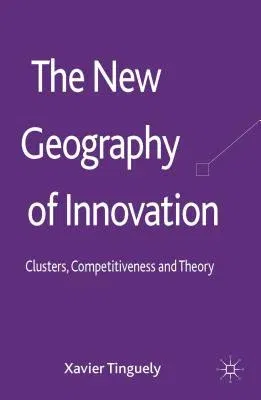Xavier Tinguely
(Author)The New Geography of Innovation: Clusters, Competitiveness and Theory (2013)Hardcover - 2013, 19 November 2013

Qty
1
Turbo
Ships in 2 - 3 days
Only 1 left
Free Delivery
Cash on Delivery
15 Days
Free Returns
Secure Checkout

Print Length
305 pages
Language
English
Publisher
Palgrave MacMillan
Date Published
19 Nov 2013
ISBN-10
1137367121
ISBN-13
9781137367129
Description
Product Details
Author:
Book Edition:
2013
Book Format:
Hardcover
Country of Origin:
US
Date Published:
19 November 2013
Dimensions:
22.1 x
14.22 x
2.79 cm
Genre:
Western Europe
ISBN-10:
1137367121
ISBN-13:
9781137367129
Language:
English
Location:
London
Pages:
305
Publisher:
Weight:
544.31 gm